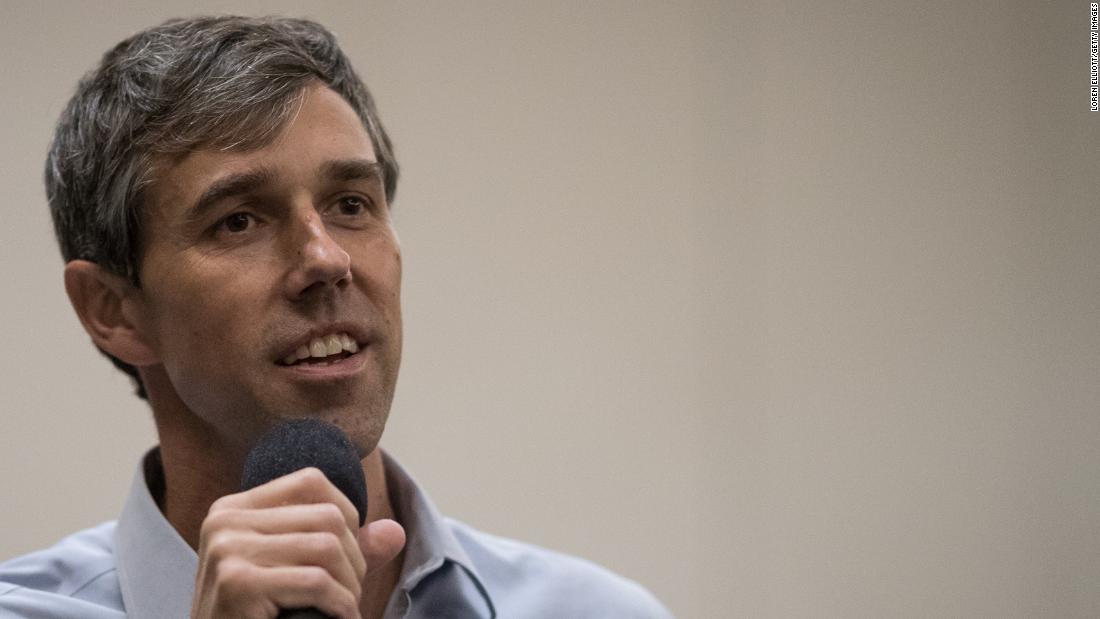[ad_1]
History shows that dramatic victories by the opposition party two years into a presidency don’t guarantee anything. Presidents Clinton and Obama, for instance, were reelected after midterm shellackings. But they can create substantial opportunities to achieve partisan advantage.
This is the case with 2018.
One power that is afforded to the House majority centers on its ability to inject issues into national debate. This is the congressional bully pulpit.
House Democrats may face some difficulty finding legislation that will make it through the Senate, where Senator Mitch McConnell is waiting like Darth Vader to kill any bills. But they can shift the media discussion from the daily chaos of the Trump White House by simply proposing legislation and triggering debate.
This is important since the midterms demonstrated that Democrats support issues that are popular with the public. These include protections for Americans with pre-existing health conditions, Medicaid expansion, gun control, and voter rights. Minority Leader Nancy Pelosi, a skilled veteran of Capitol Hill and probably the next Speaker, can keep these sorts of issues on the front burner, reminding voters what their party stands for and forcing Republicans to show what they are against.
Democratic governors can change politics within key states
Governors also will be able to push for state policies that energize voters, and in turn generate ideas for a national candidate. Closer to election time, the Democratic governors can help mobilize their party behind the chosen candidate. A few of them might even emerge as potential candidates themselves.
Democrats learned that grass-roots mobilization matters
When many Americans are cynical about the impact of average people, the midterms offered a template for how electoral success comes from the bottom up.
From the minute the 2016 election ended, there was a surge of Democrats who were angry about the outcome and determined to do something about it. Hundreds of thousands of people participated in the Women’s March on Washington and similar demonstrations around the country just one day after President Trump’s inauguration. The march rallied those who felt defeated and energized a grass-roots movement.
The local mobilization that occurred before the midterms can be the basis for Democrats to start preparing for 2020.
Coalitional candidates are the best bet
There has been endless head-scratching and debate among Democrats about whether the party should move to the left (towards newcomer Alexandria Ocasio-Cortez, for example) or veer to the center (occupied by Connor Lamb and Doug Jones). Democrats should instead ask which candidates have the political savvy and charisma to build a big tent. Beto O’Rourke was one such contender, and his campaign showed the strength of that combination, even in a deeply conservative state like Texas.
Democrats are now competitive in a broader portion of the electorate as Trump has narrowed his party’s appeal. They should search for someone who can put together an issues package and have the Beto-like appeal to attract a diverse voting body.
Don’t fret too much over the reddest states
Democrats are celebrating and breathing a sigh of relief over the House and state election outcomes, but the results in the Senate should be sobering. In October, Trump campaigned fiercely on issues like immigration and Brett Kavanaugh’s Supreme Court nomination, which seemed to resonate in Republican states. Whether it was Trump or loyalty to the GOP, voters in red areas supported the party line and were not open to very centrist candidates like Democrat Heidi Heitkamp, who was defeated in North Dakota.
The President’s bet that Republicans would come home in the end was on target. The midterms should prevent Democrats from making the mistake of thinking that they can flip states in most circumstances. Democrats should be realistic about Republican strongholds and see that putting their human and financial resources into fighting for purple states like Nevada and Colorado is the best investment.
It won’t be long before the presidential campaign really begins. The candidates soon will announce their intent to run, the debates will begin, and the fundraising will kick off. Although this was not a total revolt against Trump, the midterms have provided Democrats with a massive opening to take back the White House in 2020.
[ad_2]
Source link



